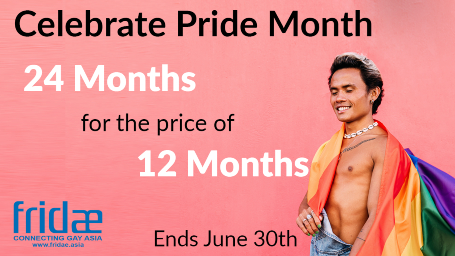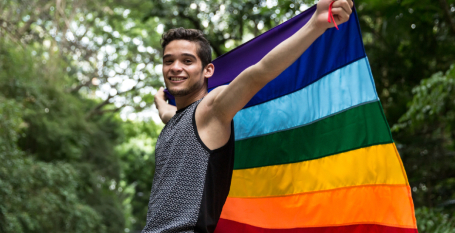LGBTQIA Pride celebrations happen at all different times of the year in many different parts of the world, so why do we often talk about June as being Pride Month?
Much of the focus on June comes from the United States - it was in the US where the Stonewall riots took place at the end of June in 1969. The Stonewall riots are often considered to be one of the key milestones in the emergence of the LGBTQIA Pride movement that we know today.
It was on the first anniversary of the Stonewall riots, 28 June 1970, that the first Gay Pride marches were held . The LGBTQ communities of New York, Los Angeles, and Chicago held events to commemorate the raid on the Stonewall Inn and the violent confrontation that followed. The following year, Gay Pride marches were also held in Boston, Dallas, Milwaukee, London, Paris, West Berlin, and Stockholm . In subsequent years, the number of cities participating continued to grow.
Brenda Howard is credited with being one of the main driving forces in coordinating the first LGBTQIA Pride march. Howard is also credited with the idea for a week-long series of events around Pride Day. Additionally, Howard – along with fellow activists Robert Martin and Craig Schoonmaker – is credited with popularising the word Pride to describe these events.
Throughout the month of June, towns and cities across the US and around the world hold LGBTQIA Pride celebrations to maintain the momentum for equality that was accelerated by the Stonewall riots.













 列印版本
列印版本

















讀者回應
搶先發表第一個回應吧!
請先登入再使用此功能。